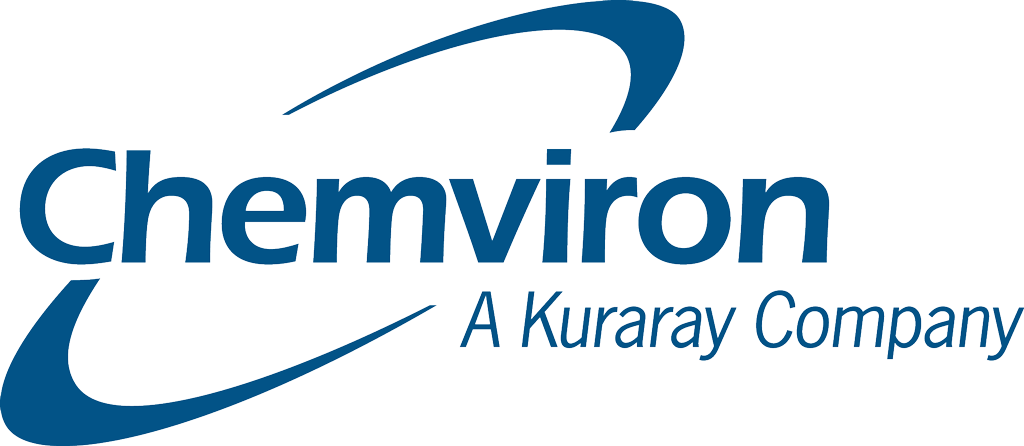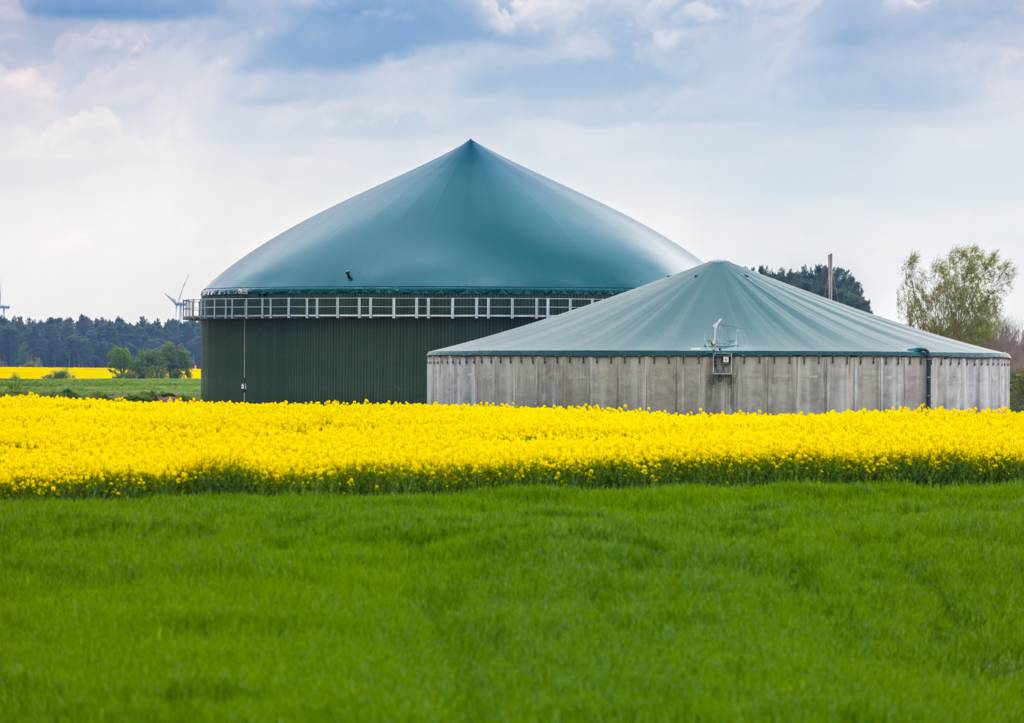Biogas is typically a mixture of gases including methane (CH4), carbon dioxide (CO2), hydrogen sulphide (H2S), volatile organic compounds (VOCs), and atmospheric gases such as nitrogen (N2), oxygen (O2), and water (H2O). The actual composition of the biogas may depend on the origin and nature of the waste or biomass feedstock being processed and on the actual performance of the digestion process.
However, to use biogas as a fuel source either through electricity generation or injection into the natural gas grid, it needs to be purified to very low threshold levels, to ensure that the biogas is of the appropriate purity. Therefore, to remove some of these impurities, raw biogas has to undergo several processing steps to upgrade it to a direct combustion fuel or renewable natural gas.
What are these Impurities?
There are many different types of contaminants or impurities that may be found in Biogas or Biomethane streams.
Hydrogen sulphide (H2S), and any sulphur compounds, such as mercaptans, that may come from the degradation of sulphur containing biomass feed, can cause corrosion issues within engines and equipment and so impact downstream operations. These compounds are typically removed at early stages in biogas upgrading.
Volatile organic compounds or VOCs typically come from household waste and are particularly common in landfill gas and some types of agricultural biogas. They need to be removed due to their impact on the downstream processes.
Siloxanes in biogas are volatile organosilicon chemicals that typically come from waste from household products, such as detergents, shampoos, deodorants, toothpastes and cosmetics. These siloxanes contain a Si-O-Si linkage which when combusted, can generate silicon dioxide (SiO2). This deposits into engines and other components causing scaling and reduces their power efficiency, so requiring more frequent maintenance.
Ammonia can also be produced through biological degradation of nitrogenous containing biomass. However, Ammonia at high concentrations is considered as an inhibitor of methane production.
Formaldehyde may also be formed during any incomplete combustion process of longer chain organics.
What Impurities Can be Removed with Activated Carbon?
These contaminants can be effectively removed from Biogas or Biomethane streams using activated carbons. However, for the most effective impurity removal, different carbon types are typically required, depending on whether the prime contaminant is an organic or inorganic impurity or compound.
Organic Impurities
Some of the typical organic impurities that can be effectively removed used activated carbon include the following:
| Alpha-pinene | Aromatic Compounds |
| Benzene | Carene |
| Cumene | Cymene |
| D3: Hexamethylcyclotrisiloxane | D4: Octamethylcyclotrisiloxane |
| D5: Decamethylcyclotrisiloxane | D6: Dodecamethylcyclotrisiloxane |
| Dodecane | Ketones? |
| L2 or MM or HDMS: Hexamethyldisiloxane | L3 or MDM: Octamethyltrisiloxane |
| L4 or MD2M: Decamethylterasiloxane | L5 or MD3M: Dodecamethylpentasiloxane |
| Limonene | Methyl ethyl ketone |
| Naphthalene | Oils |
| Pinene | Silanes |
| Siloxanes | Solvents |
| Terpenes | TMS Tetramethyl silane |
| Toluene | Trimethyl silanol |
Inorganic Impurities
For inorganic impurities, an impregnated activated carbon is typically used to provide the most effective removal. Such inorganic impurities are as follows:
| Ammonia | Hydrogen Sulphide (H2S) | Formaldehyde |
| Mercaptans | Sulphur Dioxide (SO2) | Sulphur compounds |
For further assistance on treating Biogas or Biomethane with activated carbon or mobile carbon filters services – contact our technical team

